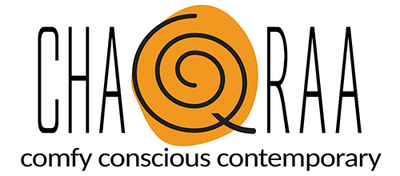Hatha yoga is a branch of yoga that focuses on physical postures (asanas), breathing techniques (pranayama), and meditation. The word "hatha" is derived from two Sanskrit words, "ha" meaning sun and "tha" meaning moon. This represents the balance of opposing energies within the body, such as strength and flexibility, effort and ease, and activity and rest. In this blog, we will explore the benefits and practices of hatha yoga.
The Benefits of Hatha Yoga
Hatha yoga has numerous benefits for the body and mind. Here are some of the key benefits of practicing hatha yoga:
-
Increases flexibility and strength: Hatha yoga postures help to stretch and strengthen the muscles, improving flexibility and range of motion.
-
Reduces stress and anxiety: The breathing techniques and meditation practices of hatha yoga can help to calm the mind and reduce stress and anxiety.
-
Improves balance and coordination: Hatha yoga postures require balance and coordination, which can improve overall physical stability.
-
Enhances focus and concentration: The mindfulness practices of hatha yoga can improve focus and concentration, leading to better mental clarity and productivity.
-
Promotes overall well-being: Regular practice of hatha yoga can improve overall physical and mental well-being, leading to a greater sense of vitality and happiness.
The Practices of Hatha Yoga
Hatha yoga includes a variety of practices, including asanas, pranayama, and meditation. Here are some of the key practices of hatha yoga:
Asanas
Asanas are physical postures that are designed to stretch and strengthen the muscles, improve flexibility and range of motion, and promote overall physical health. There are numerous asanas in hatha yoga, ranging from simple poses such as Tadasana (Mountain Pose) to more challenging poses such as Sirsasana (Headstand). Asanas are typically held for several breaths and are often practiced in a sequence.
Pranayama
Pranayama is the practice of controlling the breath. In hatha yoga, pranayama techniques are used to calm the mind, reduce stress and anxiety, and improve overall health. Some common pranayama techniques include Ujjayi breath (victorious breath), Kapalabhati breath (skull-shining breath), and Nadi Shodhana (alternate nostril breathing).
Meditation
Meditation is the practice of quieting the mind and focusing on the present moment. In hatha yoga, meditation is often practiced at the end of a yoga session, after the body has been warmed up and the mind has been calmed through asanas and pranayama. Meditation can help to reduce stress and anxiety, improve mental clarity, and promote overall well-being.
How to Practice Hatha Yoga
If you are interested in practicing hatha yoga, here are some tips to get started:
-
Find a qualified yoga teacher: It is important to find a qualified yoga teacher who can guide you through the practice of hatha yoga and ensure that you are practicing safely and effectively.
-
Practice regularly: To experience the benefits of hatha yoga, it is important to practice regularly. Aim to practice at least three times a week.
-
Listen to your body: It is important to listen to your body and practice at your own pace. If a pose feels uncomfortable or painful, back off and modify the pose as needed.
There you have it. Hatha yoga is a powerful practice that can improve physical and mental well-being. By practicing asanas, pranayama, and meditation, we can cultivate balance, strength, and inner peace. So, roll out your mat and give hatha yoga a try today!


0 comments